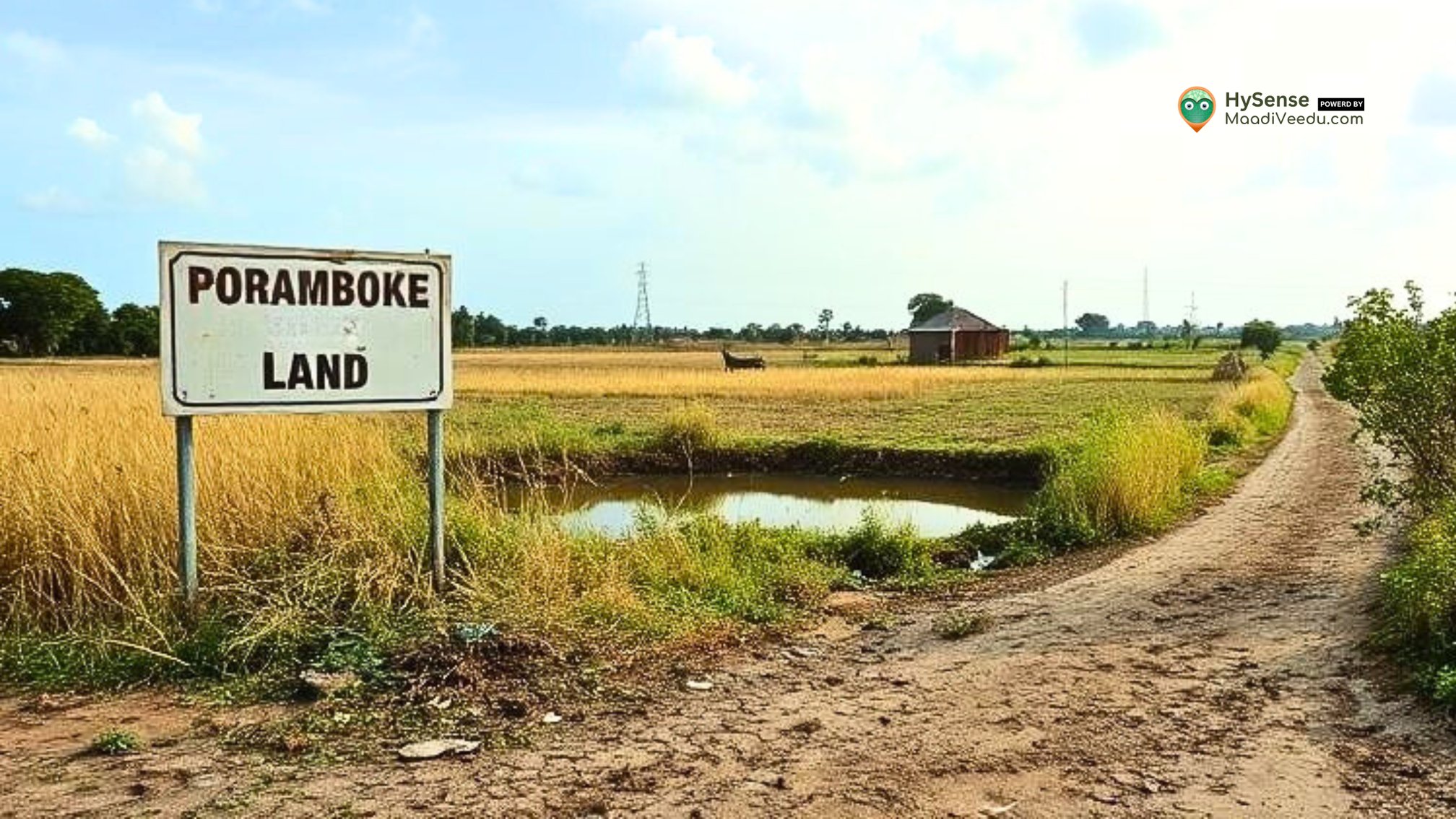What Are the Regulations for Constructing Near Heritage Sites in India? 5 Important Guidelines
Planning to build near a heritage site? Learn India’s key construction rules, ASI permissions, and zoning limits to avoid costly mistakes.
Table of Contents
A Surprising Truth:
Did you know ? That even a small residential project can be denied approval if it’s just 101 metres from a protected heritage monument in India?
A Thought-Provoking Question:
In a country with centuries-old landmarks at nearly every turn, how do you build something new without damaging the old?
Overview
Building near heritage sites is not just about location—it’s about respecting history while meeting modern needs. This blog breaks down the key rules, approvals, and practical steps every builder must follow when planning construction close to culturally significant sites.
You’ll learn:
- What laws protect heritage zones
- How close you can build
- The five most important construction guidelines
- Common challenges and real-world examples
View location-specific property listings near protected heritage areas, including regulatory details and planning considerations for responsible construction.
Understanding the Heritage Protection Framework
1. Heritage Site Protection Laws: A Quick Overview
India’s ancient landmarks are protected under the Ancient Monuments and Archaeological Sites and Remains (AMASR) Act, supported by various state-specific rules. These laws ensure that heritage sites remain structurally intact and visually undisturbed by modern development.
The central idea is to preserve:
- Historical significance
- Architectural beauty
- Cultural value
Violating these laws can lead to strict penalties, demolition orders, or even criminal charges.
2. Permission Starts with the Archaeological Survey of India (ASI)
Before breaking ground near a heritage site, legal permissions are non-negotiable. The ASI is the main authority for monuments of national importance. For state-listed sites, permissions must come from the respective State Archaeology Department.
Zones Defined by ASI:
- Prohibited Area: Within 100 metres of a heritage site – no construction allowed
- Regulated Area: 100 to 300 metres – construction allowed only with ASI clearance
What’s required for approval?
- Architectural designs
- Impact assessment reports
- Detailed construction plans
3. Five Crucial Guidelines for Construction Near Heritage Sites
✔ Heritage Impact Assessment (HIA)
Before any construction begins, you must conduct a Heritage Impact Assessment (HIA). This study outlines:
- Risks to the heritage site
- Environmental impact
- Mitigation strategies
Even small projects must go through this process if they fall within the regulated area.
✔ Design That Matches the Surroundings
New buildings must blend with the historic surroundings in terms of:
- Architectural style
- Building materials
- Colour schemes
Using local materials like lime mortar, sandstone, or traditional tiles helps maintain visual harmony.
✔ Height and Density Limitations
To protect a monument’s visibility:
- Height is often capped to the height of the monument
- High-density constructions may be disallowed
For example: A proposed commercial building near Delhi’s Qutub Minar was redesigned with reduced height and softer colour tones to avoid visual disruption.
✔ Safe Construction Techniques
Avoid construction practices that cause:
- Vibrations
- Dust pollution
- Noise disturbance
Instead, use:
- Pre-cast materials
- Vibration-dampening machinery
- Controlled excavation
✔ Monitoring and On-Site Compliance
Authorities often mandate real-time monitoring of:
- Cracks in the monument
- Ground movement
- Air quality
Regular reporting is a must, and non-compliance may lead to work stoppage.
4. Local Zoning Laws Around Heritage Sites
Many urban areas enforce heritage zoning laws that:
- Limit development in specific zones
- Control land use types
- Prohibit certain commercial activities
Local municipal corporations often define zones as:
- No-build zones
- Low-rise only areas
- Special heritage-use areas
Read Also: Still choosing between rural and urban land? This guide breaks down what’s right for your property investment.
5. Common Restrictions Near Heritage Sites
Use of Appropriate Materials
Builders must use:
- Traditional bricks
- Lime plaster
- Local stone
Discouraged materials: Glass facades, steel panels, and other reflective modern finishes.
Construction Activity Limitations
Restricted activities may include:
- Deep excavation
- Blasting
- Pile driving
These can damage underground relics or destabilize old foundations.
Challenges in Complying with Heritage Regulations
Balancing Growth and Preservation
Developers often struggle to find a middle ground between heritage rules and modern development needs. Hiring heritage consultants and engaging with ASI early in the planning process can make a big difference.
Real Examples of Success
Projects near sites like:
- Qutub Minar (Delhi)
- Charminar (Hyderabad)
- Churches of Goa
have succeeded by adopting heritage-friendly architecture, limiting scale, and involving local historians in the design process.
Final Thoughts: Building With Respect
Whether you’re constructing a house, a commercial complex, or an institution near a heritage zone, the key is balance. Protect the past, build for the future.
Following ASI and local guidelines ensures that your development:
- Gets timely approval
- Avoids penalties
- Gains public trust
Planning to build near a heritage monument? Visit www.maadiveedu.com for verified land listings and expert assistance. For more helpful blogs, guides, and real-world examples, follow blog.maadiveedu.com — your reliable source for property advice.
Frequently Asked Questions (FAQ)
1: How close can I build near a protected heritage monument?
You can’t build within 100 metres (prohibited zone). For 100–300 metres (regulated zone), you need ASI approval.
2: What construction materials are allowed?
Traditional materials like lime mortar, brick, and stone. Glass, steel, and other modern materials are usually not allowed.
3: Is an impact study required for small projects?
Yes, all construction in regulated zones must submit a Heritage Impact Assessment (HIA).
4: Who grants permissions?
- ASI for national monuments
- State Archaeology Departments for state-listed heritage sites
5: Can I build a commercial space near a monument?
Yes, but only if the building’s purpose, design, and height don’t impact the monument visually or structurally.










